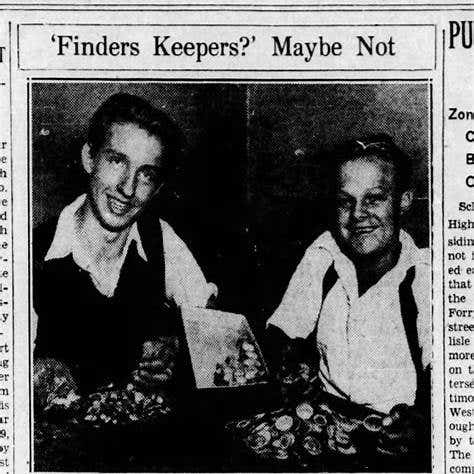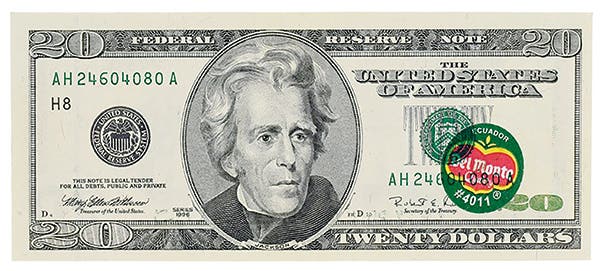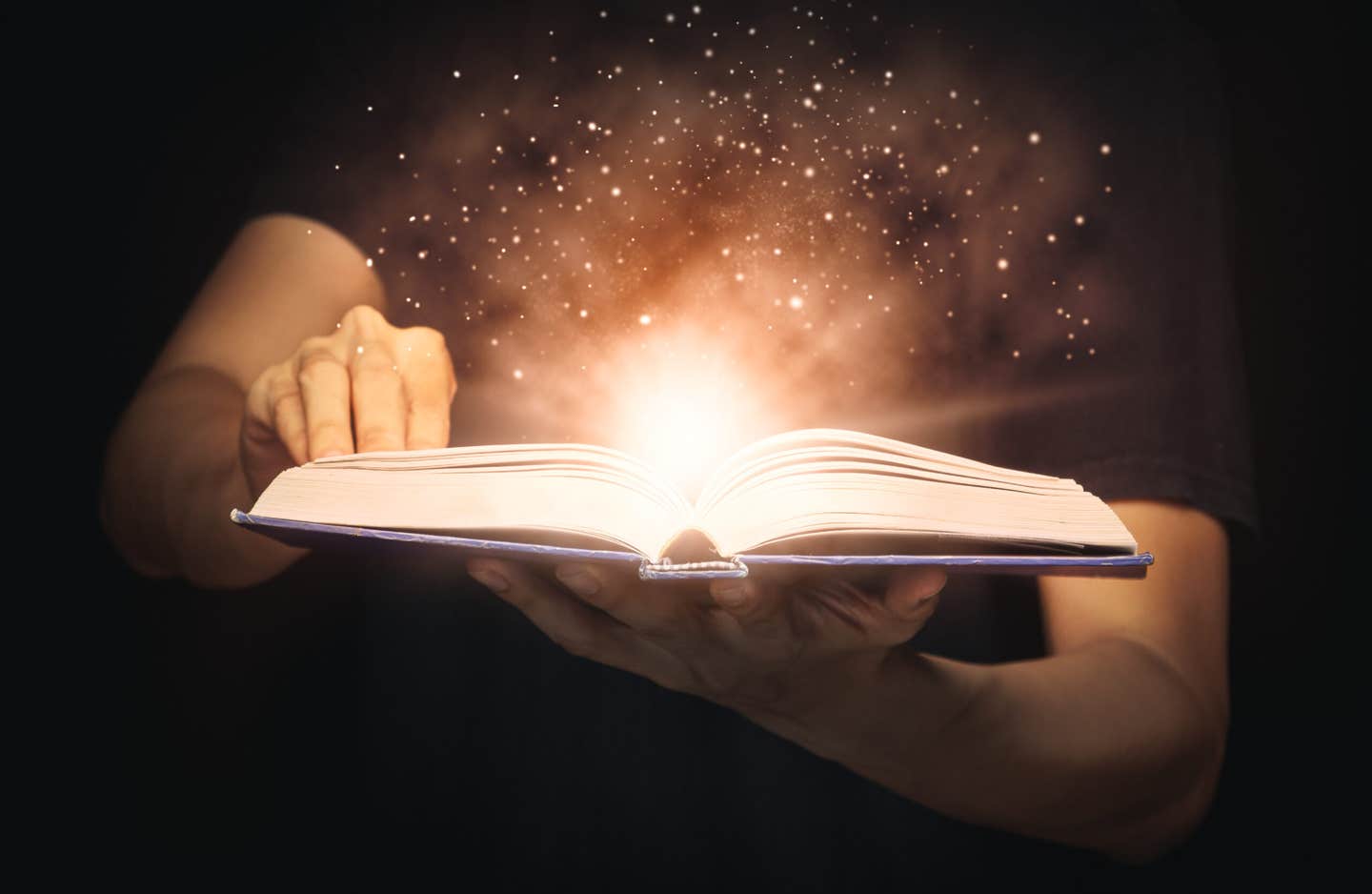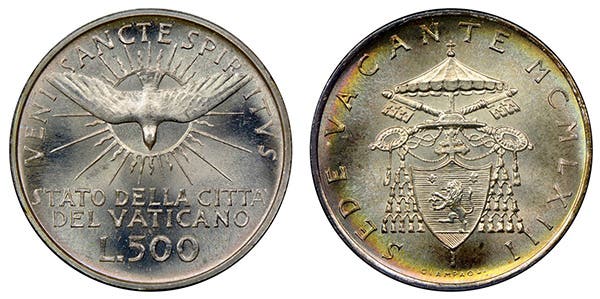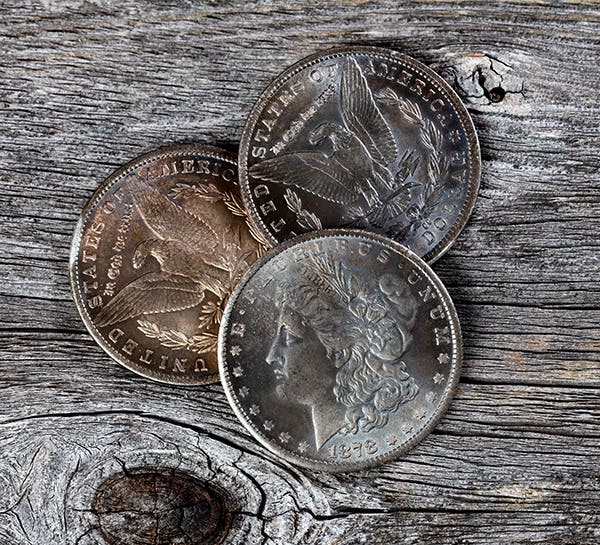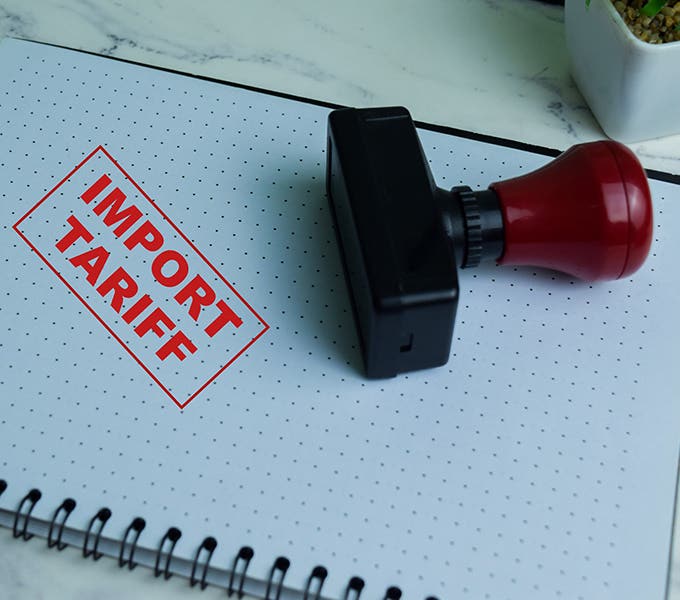Viewpoint: Magic of collecting extols diversity
By Mark A. Brown I had an eye-opening experience recently. A friend and fellow collector invited me over to see his several coin collections including, as it turned out, a…
By Mark A. Brown
I had an eye-opening experience recently. A friend and fellow collector invited me over to see his several coin collections including, as it turned out, a collection of colorized silver eagles.
I have never been very attracted to colorized coins, and have had special misgivings about ones which are colorized post-production. But standing in front of his collection of a few dozen colorized eagles – all different – I have to say I was stunned at their collective beauty. Take any one by itself, and I would not be much impressed. Take them together and I found it impossible not to be.
It caused me to reflect anew on the effect of other collections. Beginning in 2000, China began issuing a fan-shaped silver coin each year representing the animal of the Chinese zodiac for that year. One such coin, taken by itself, seems something of a curiosity, but not otherwise particularly impressive. After all, nobody is going to walk around with a pocketful of fan-shaped coins. But take the 12 fan-shaped zodiacal coins issued from 2000 through 2011, place them end to end, and they will form a circular ring of silver you would be bound to admire.
Or imagine a collection of coins that depict the monarchs of England – just one coin per monarch, let’s say, but covering as many royalty as possible. A regal collection indeed, even if some of those monarchs are not particularly noteworthy or prepossessing.
A complete, or even a nearly complete, collection of Lincoln cents, especially of nearly uniform grade, makes an impression no one could predict from the experience of a single coin. And to make that kind of impression, it’s really not very important what its defining boundaries are. It could be restricted to wheat cents, or restricted to memorials, or to memorials before 1982. It could be restricted to Philadelphias, or to proof coins, or could just include one cent from each year without regard to mint. And so on. In each case, however, the whole is greater than the sum of its parts.
In a way, my reaction to my friend’s colorized collection should not have been a surprise. I myself have an off-beat collection of coins with unusual shapes: ranging from oval, square, and multi-sided coins, through coins with unusually shaped or unusually located holes, to really irregular shapes, such as maps or cars or animals. I have displayed this collection at several shows and although it has been very clear that most viewers wouldn’t themselves consider most of the coins in the collection particularly worth getting for themselves, and indeed that many don’t even think most of them should count as real coins, nonetheless it has also been clear that most viewers are really taken by the collection as a whole.
Before seeing my friend’s colorized collection I had tended to feel, and some times express, disdain for the coins I myself would not find desirable or attractive—colorized coins, for example. And I think many of us are like that: dismissing as unworthy of attention the kinds of items we ourselves would not consider collecting. We sometimes shift unconsciously, I think, from noting they don’t merit our attention for our purposes to talking as if they don’t merit anybody’s attention for any legitimate purpose.
From time to time, in letters to the editor or e-letters here in NN, I see people expressing such sentiments, often in the form of holding that such-and-such are not “real coins.” Silver eagles are dismissed as mere bullion, not embraced as silver dollars or treasured in their own right.
Devoted collectors of U.S. coins sometimes seem to dismiss world coins as unworthy of attention. Because proof coins don’t circulate, often they are dismissed as not real coins (even by people who, paradoxically, prefer their coins to be in uncirculated condition). More generally, many dismiss commemoratives and other non-circulating legal tender coins.
And what would “being a real coin” have to do with anything anyway? Bank notes and medals are not real coins; nor, for that matter, are beer bottles or vintage cars. Would any of us suggest that this somehow makes collecting currency, or vintage cars, something perverse or substandard?
The real “aha” that came to me from my experience viewing my friend’s colorized eagles is that there is no need for me to shift from saying “that’s not the kind of thing I enjoy collecting” to saying “I don’t consider that a real coin” or something similarly dismissive. We don’t need to defend our tastes and our choices as collectors by ridiculing or questioning other people’s. Not only is there no need, there’s no justification.
The magic of collecting makes a place for just about everything in some collection or other, and when an item finds its place in a collection, its worth is multiplied by the company it keeps. The humble can become exalted, the plain made grand by the magic of collecting, and it ill behooves us to belittle the potential of any item.
So although there are some kinds of items I will never be tempted to collect myself, I stand ready to appreciate it when someone else assembles such a collection. Maybe I wouldn’t want to myself, but I can still be glad somebody did.
Mark A. Brown, who collects Slovenian coins and uncirculated Lincolns, as well as coins with unusual shapes, is vice president of the East Syracuse Coin Club, East Syracuse, N.Y., and editor of its newsletter.
To have your opinion considered for Viewpoint, write to David C. Harper, Editor, Numismatic News, 700 E. State St., Iola, WI 54990. Send email to david.harper@fwmedia.com.
More Coin Collecting Resources:
• Kick-start your coin collection with the Fundamentals of Coin Collecting set of essential resources and tools.
• Strike it rich with this U.S. coins value pack.
• Build an impressive collection with Coin Collecting 101.



